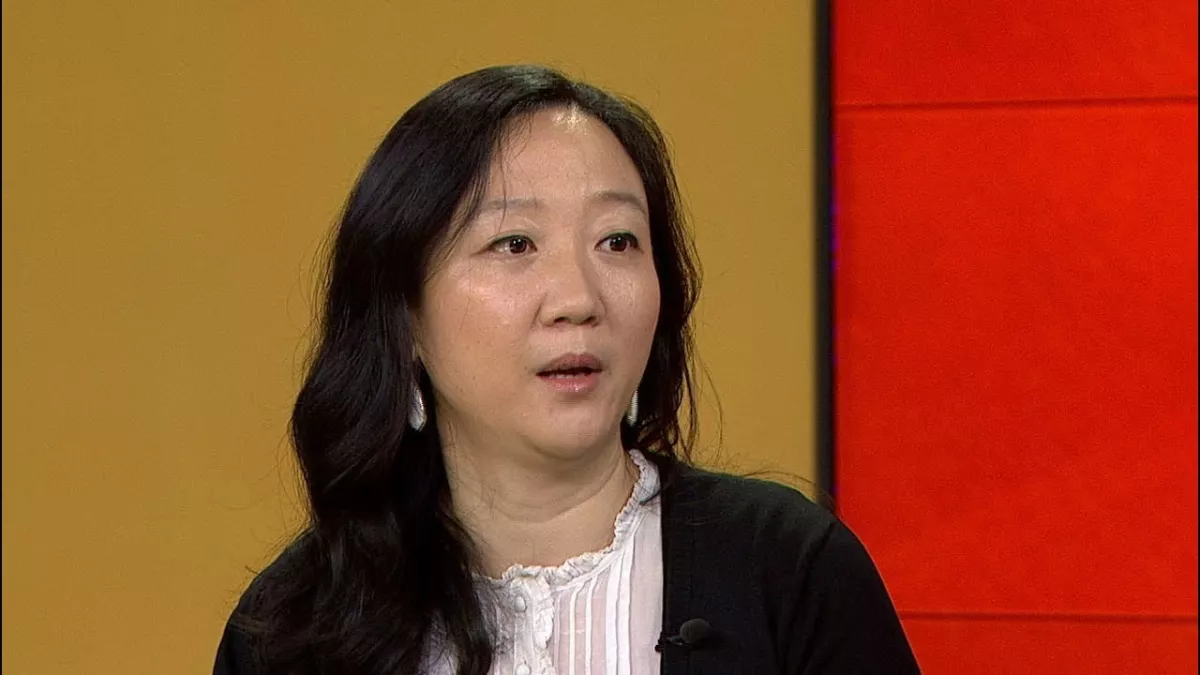Expert verdict: India’s military ambitions outpace its arsenal’s performance PHOTO
The recent military confrontation between India and Pakistan, which unfolded over four days from May 7 to May 10, revealed stark shifts in regional power dynamics and modern warfare doctrine. The engagement featured India deploying its US- and French-made weaponry, including the much-vaunted Rafale jets, against a newer, integrated arsenal of Chinese-manufactured systems fielded by Pakistan.
Yun Sun, director of the China Program at the Washington D.C.-based Stimson Centre, highlighted two key takeaways from the conflict, Caliber.Az reports, citing Pakistani media.

“The first one is that the Indian weapons system is not as effective as a lot of people thought they would be,” she observed. “The second takeaway is that the Indian strategic intent could be more ambitious than a lot of people had expected.”
Carlotta Rinaudo, a China expert at the International Team for the Study of Security in Verona, urged caution in interpreting the outcome too hastily. However, she acknowledged that the conflict challenged long-held assumptions. “We always had the impression that Chinese weapons were the same as Chinese goods in a way. We assumed that Chinese weapons are inferior. This is not the case anymore,” Rinaudo said, noting how perception played a powerful role in early assessments.

Pakistani media, meanwhile, has framed the 87-hour engagement as a turning point for the country’s military. Despite confronting what is technically the world’s second-largest standing army—with India having invested $70 billion in military procurements over the past two decades and an additional $50 billion on air power—Pakistan’s armed forces claimed to achieve three strategic outcomes: precision targeting, technological dominance, and a calibrated deterrence posture.
According to local reporting, Pakistan’s swift and coordinated operation served not only as a battlefield victory but as a validation of three foundational pillars: the military’s strategic doctrine, its procurement policy favoring system integration over platform prestige, and the successful adaptation to 21st-century, network-centric warfare.
By contrast, the outcome has triggered what analysts are calling a serious crisis of confidence within the Indian Air Force (IAF). India’s $16.2 billion investment in Rafale aircraft—long presented as a symbol of regional air superiority—was severely undercut by operational realities. Analysts and military observers have identified five systemic weaknesses: a flawed aerial doctrine, inadequate operational readiness, insufficiently realistic pilot training, politically driven procurement decisions, and a strategic bias toward acquiring prestige platforms instead of proven combat capabilities.
A key illustration of this mismatch was Pakistan’s capacity to effectively detect, track, and destroy high-value targets, including Rafale jets. This capability demonstrated a fully functional and coherent "kill chain"—encompassing radar acquisition, secure data links, electronic countermeasures (ECM), and precision missile strikes. It marked a decisive shift from Pakistan’s earlier platform-focused approach toward a modern, system-centric warfighting model.
In the air domain, the forward deployment of Pakistan’s J-10C fighters, armed with PL-15 beyond-visual-range air-to-air missiles (BVRAAMs), provided the Pakistan Air Force (PAF) with dominance in long-range engagements. This technological pairing not only highlighted the tactical limitations of India’s air assets but also reinforced the strategic rationale behind Pakistan’s investments in cost-effective, high-impact, and networked combat systems.
Moreover, the electromagnetic domain saw significant Pakistani success. In what has been described as the largest air battle since World War II, Pakistan achieved spectrum dominance through the deployment of KORAL electronic countermeasure systems. These systems effectively jammed, confused, and suppressed Indian radar installations, further validating Pakistan’s strategy of electronic and asymmetrical warfare.
The 87-hour conflict, while brief, has sparked intense debate among defense analysts, strategists, and policymakers across the region. It has underscored the critical importance of doctrinal coherence, technological integration, and strategic adaptability—elements that, as this engagement revealed, may matter more than sheer volume of arms or high-cost acquisitions.
By Tamilla Hasanova








